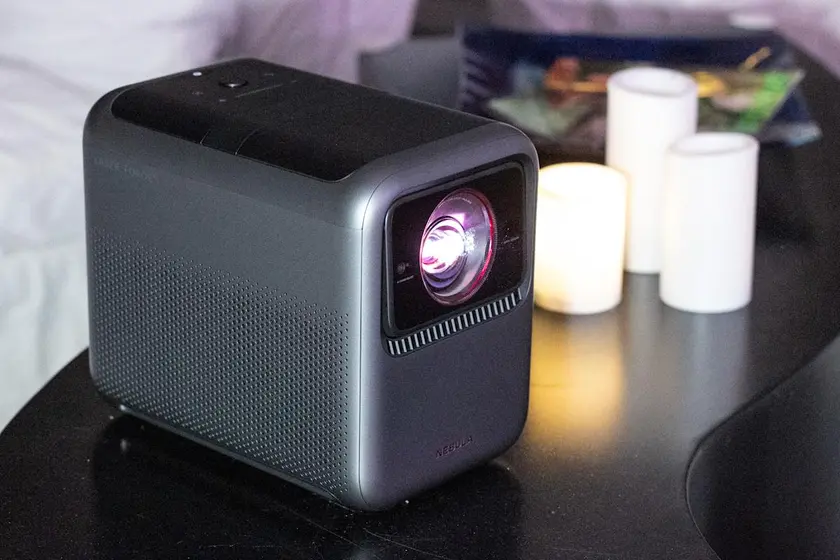T4K3.news
Hubble detects pink nebulae in NGC 2835
Hubble uses the H-alpha wavelength to highlight star forming regions in the spiral galaxy 35 million light-years away.

Hubble uses a new H-alpha view to reveal pink nebulae and active star forming regions in NGC 2835, a spiral galaxy 35 million light-years away.
Hubble Captures Pink Nebulae in NGC 2835 with H-alpha
NASA and the European Space Agency have released a new image of NGC 2835, a spiral galaxy about 35 million light-years away in the Hydra constellation. The picture emphasizes the H-alpha wavelength, a red light that highlights ionized hydrogen in star forming regions. The pink nebulae along the galaxy’s spiral arms are now much more visible, offering a clearer view of where stars are born and where they fade. This image builds on earlier Hubble work from 2020 and with comparisons to JWST data, showing detail without a dramatic change in the galaxy’s overall appearance.
H-alpha data help astronomers locate the life cycle of stars, from newborn H II regions to remnants and supernovae. The view was captured with Hubble’s Wide Field Camera 3 as part of a larger effort to map nebulae in 19 nearby galaxies, with the goal of identifying more than 50,000 nebulae. By studying these regions, scientists can better understand how radiation, stellar winds, and supernova remnants shape the interstellar medium and influence future generations of stars. The work also aims to connect the dots between star formation and the structure of spiral arms, dust, gas, and dark matter, offering clues about how galaxies evolve over time.
Key Takeaways
"Pink light makes the spiral arms feel alive"
Highlight of the H-alpha data revealing star-forming regions
"A deeper map of where stars are born appears"
Comment on the new view of star birth regions
"H-alpha data turn space into a precise science map"
Praise of the method and its clarity
"The cosmos reveals its rhythm when seen in new colors"
Closing thought on multiwavelength astronomy
MULTIWAVELENGTH VIEW: Adding H-alpha data to images helps split the picture into layers. It reminds us that color in space is a tool for science, not a literal color seen by the eye. This approach lets astronomers separate actively star forming zones from older stellar populations and map their spatial relationship with the spiral arms.
PUBLIC INTEREST AND FUNDING: Vivid imagery often sparks public interest and support for science. Yet readers should remember that color coding in space is a method, not a scene. The ongoing survey of nearby galaxies, with its ambitious catalog goal, demonstrates how sustained funding and cross-mission collaboration push astronomy forward. Such work informs models of our own Milky Way and could guide future explorations across the cosmos.
Highlights
- Pink light makes the spiral arms feel alive
- A deeper map of where stars are born appears
- H_alpha data turn space into a precise science map
- The cosmos reveals its rhythm when seen in new colors
As new data accumulate, our map of the universe grows sharper and more surprising.
Enjoyed this? Let your friends know!
Related News
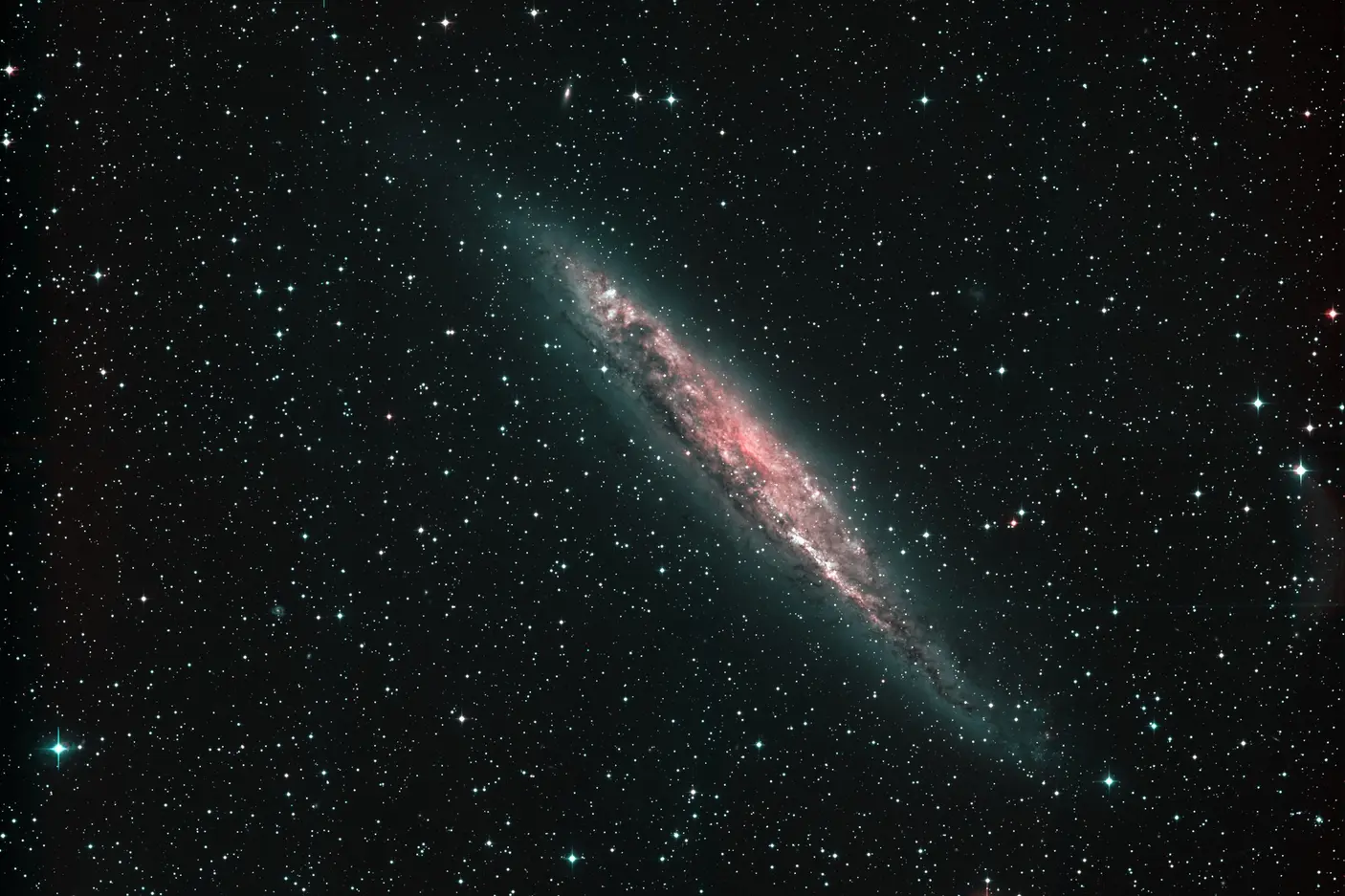
Punctum spotted in nearby galaxy
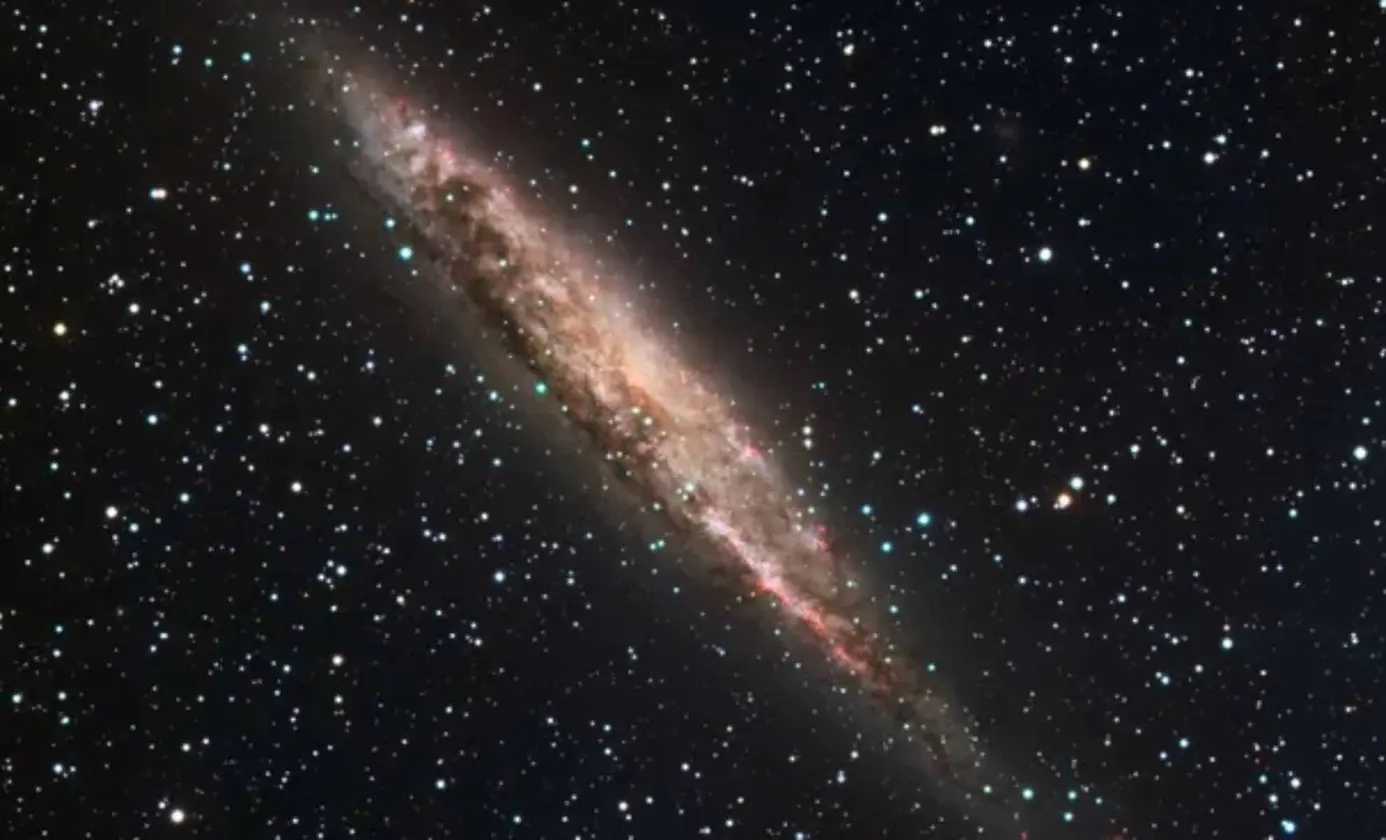
Bright Cosmic Object Defies Known Categories
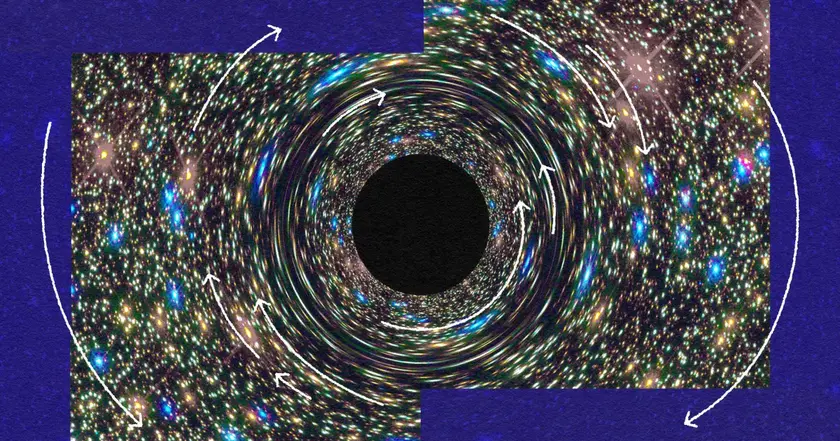
Cosmic Horseshoe Reveals Heaviest Black Hole Yet
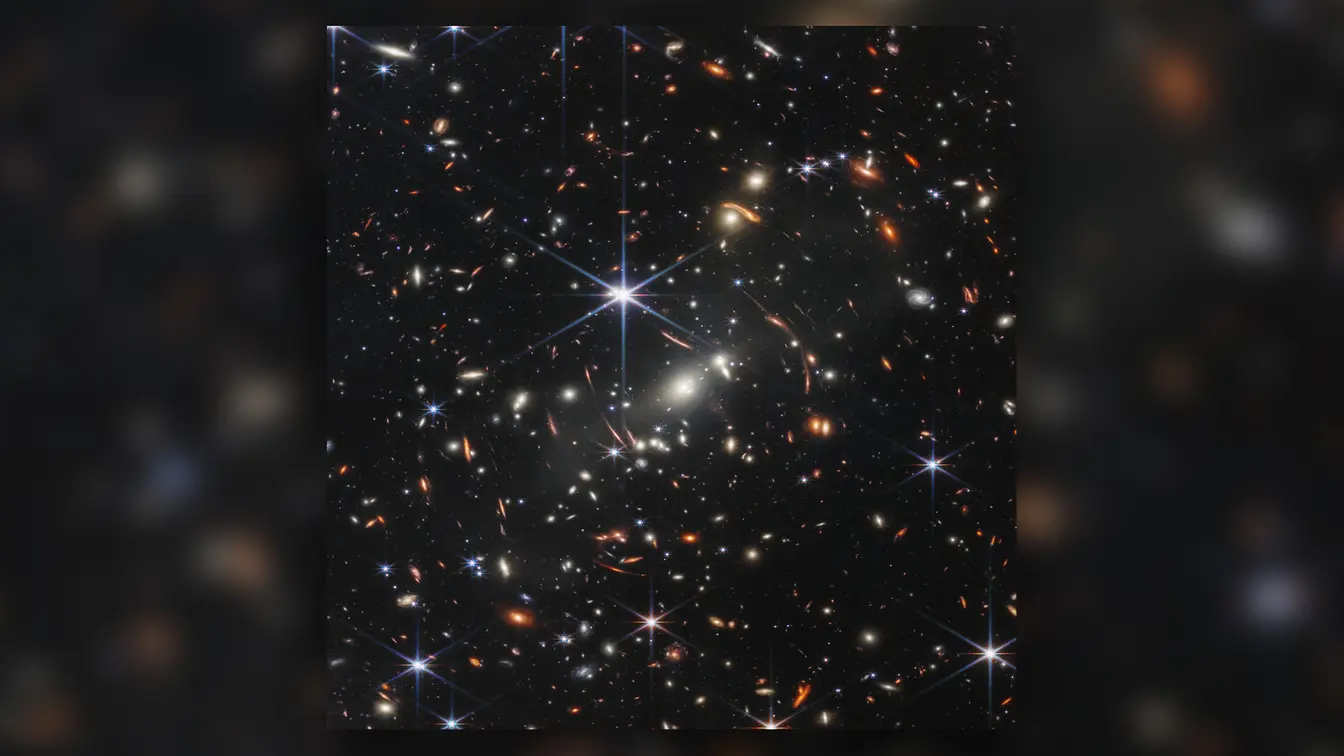
James Webb reveals deepest view of universe
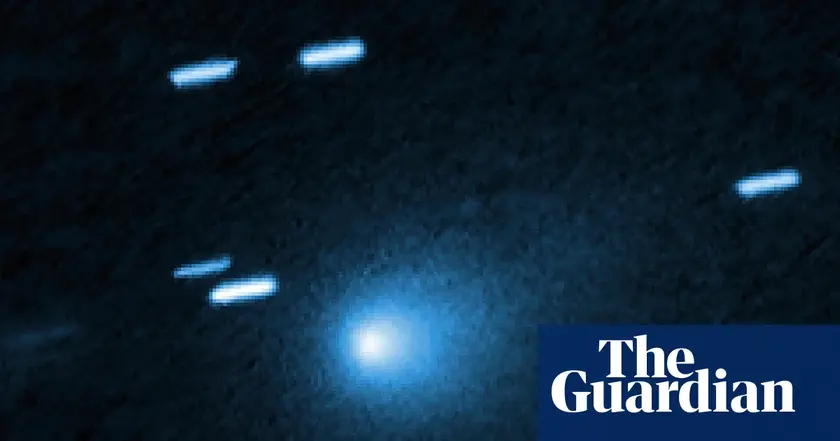
Interstellar comet 3I Atlas approaches the inner solar system
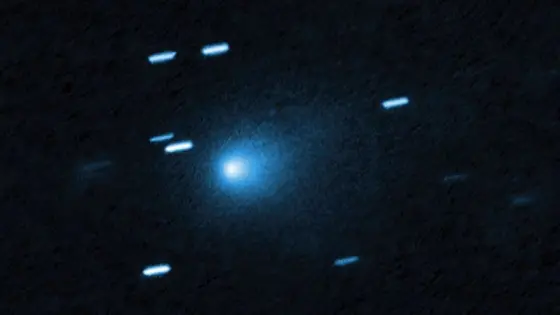
Hubble reveals interstellar comet 3I/ATLAS in stunning detail
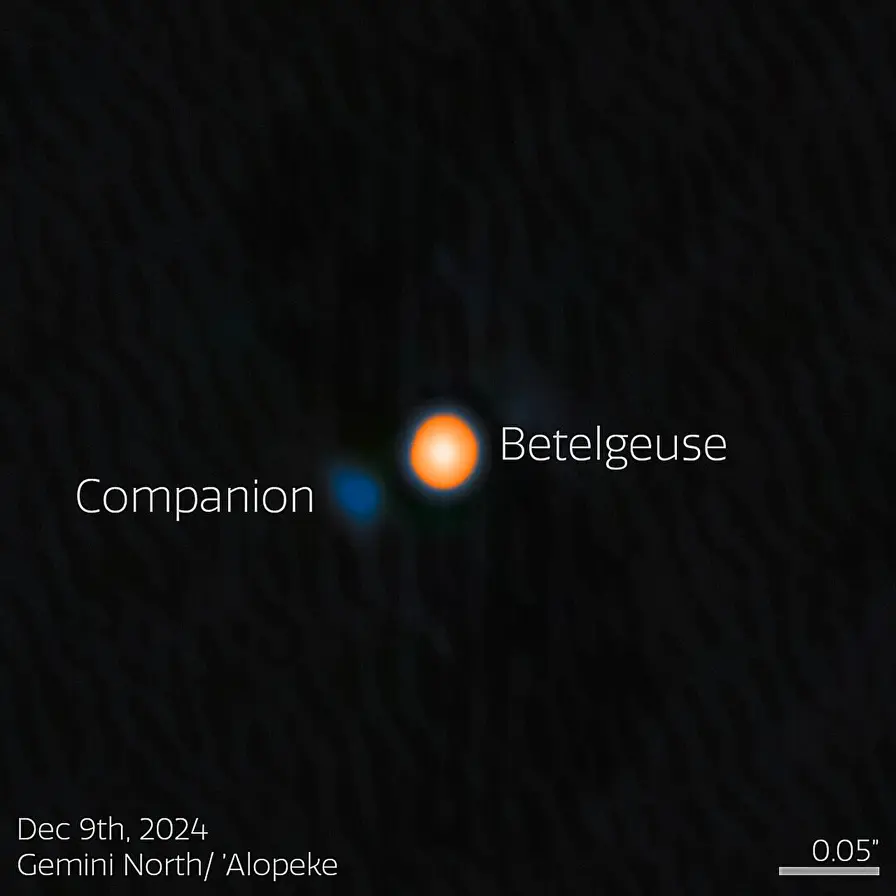
Astronomers uncover companion star near Betelgeuse

Final episodes of Squid Game reveal shocking destinies
